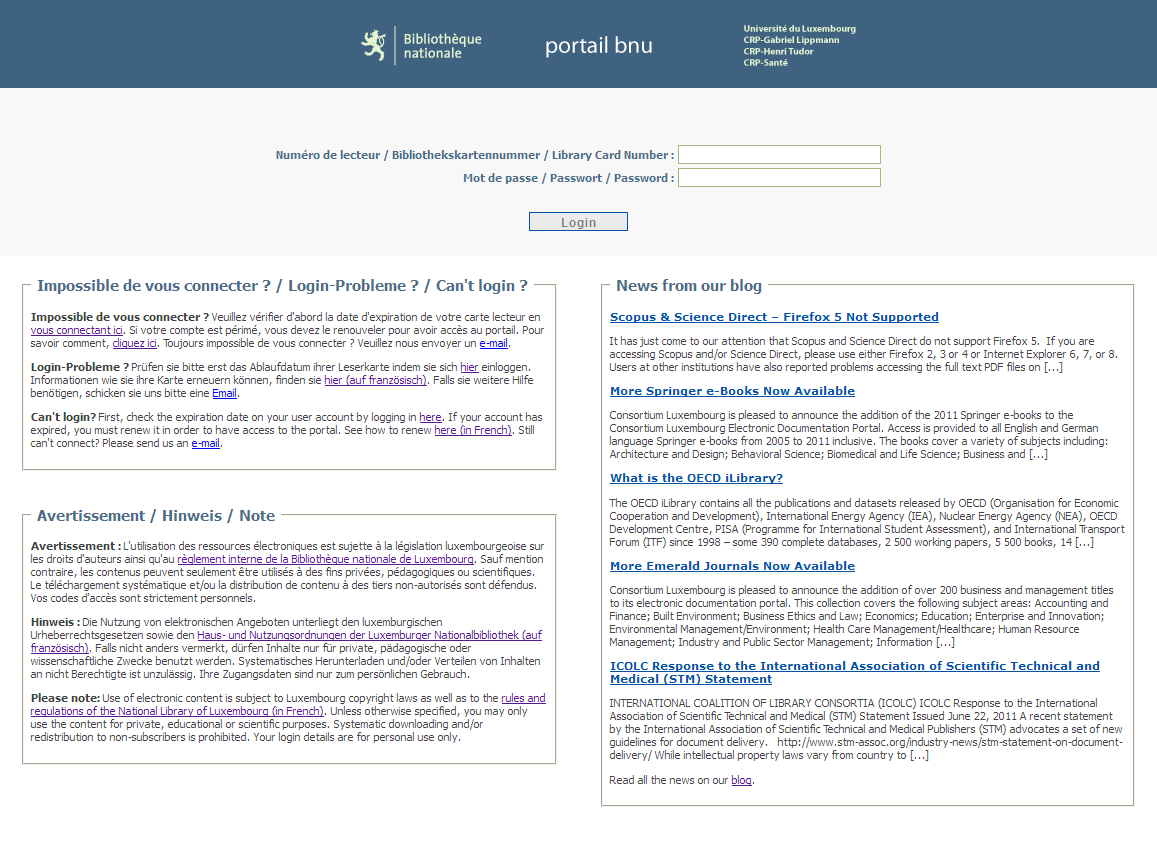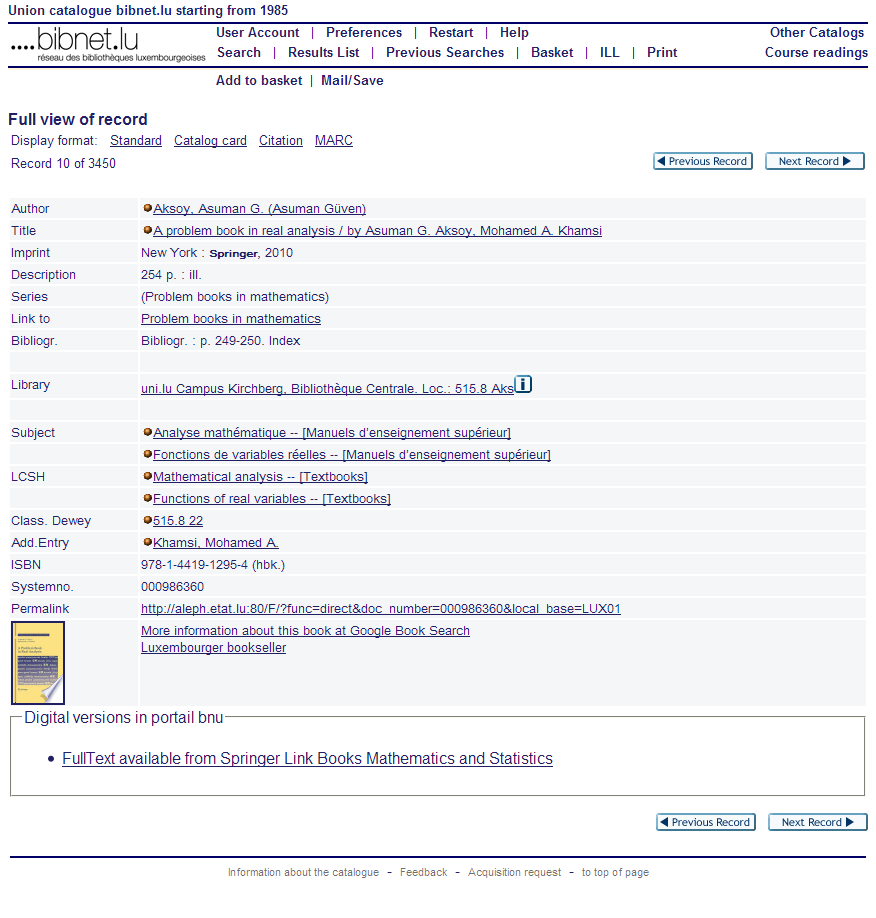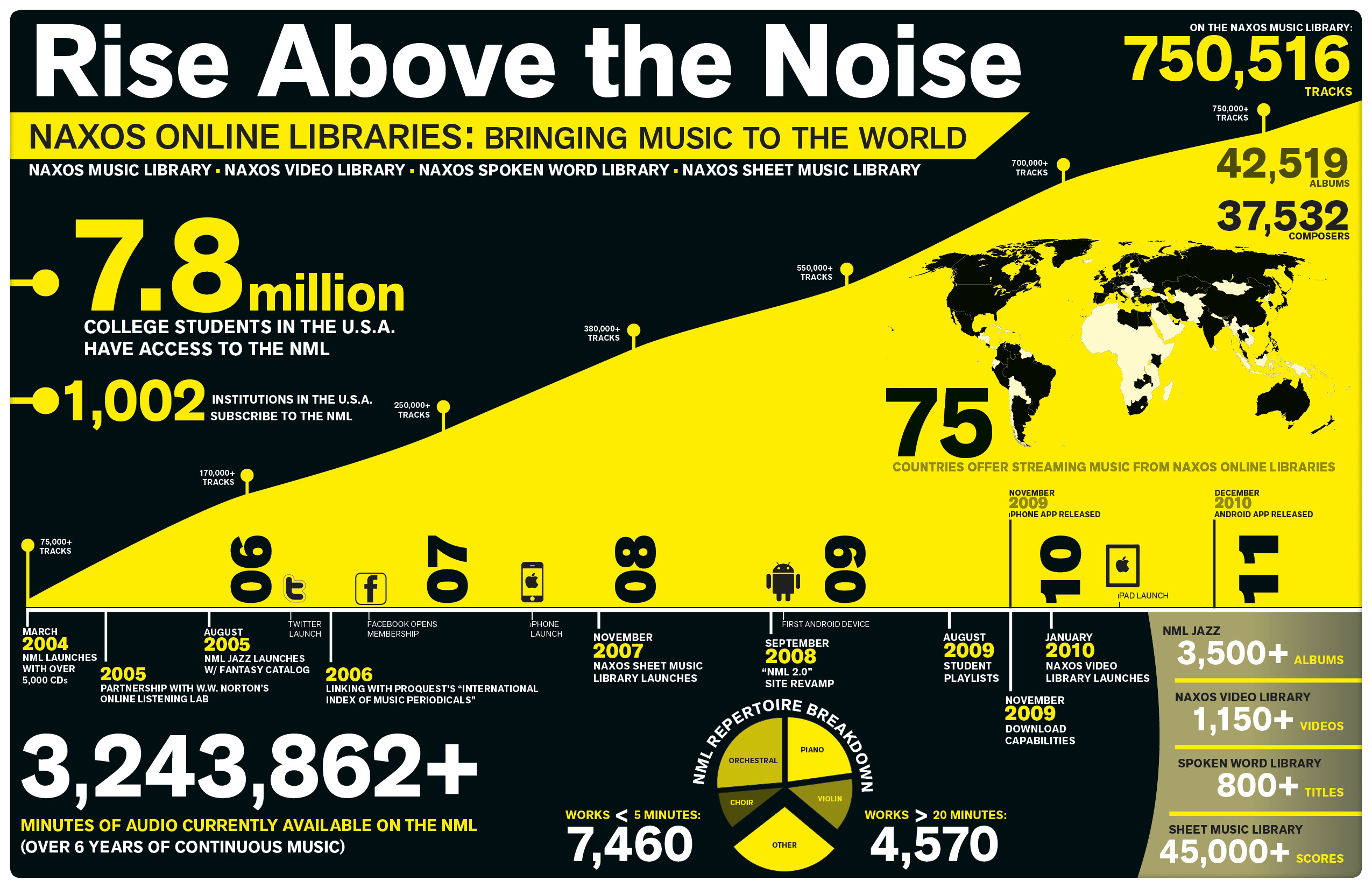
INTERNATIONAL COALITION OF LIBRARY CONSORTIA (ICOLC)
ICOLC Response to the International Association of Scientific Technical and Medical (STM) Statement
Issued June 22, 2011
A recent statement by the International Association of Scientific Technical and Medical Publishers (STM) advocates a set of new guidelines for document delivery. http://www.stm-assoc.org/industry-news/stm-statement-on-document-delivery/ While intellectual property laws vary from country to country, STM’s approach would radically alter well-established library practices that advance knowledge, support scholarship, and are compliant with current copyright laws. The STM recommendations are in conflict with widely held principles that provide a copyright exception for interlibrary loan (ILL) activities. The regime anticipated by the STM statement would place unfair restrictions on researchers’ access to information. In particular, ICOLC contends that:
- interlibrary loan, under existing principles and laws, is consistent with the three-step test of Berne;
- cross-border deliveries are adequately and appropriately governed by current copyright law;.
- digital document delivery directly to an end-user is best coordinated through the end-user’s library or community of learners;
- libraries are able to deliver on-site articles to library walk-up patrons in any format, including both digital and print;
- current copyright law appropriately places the burden on the library user to affirm that the documents they receive are for private, non-commercial use.
The ICOLC strongly supports IFLA’s Draft Library Treaty, Article 7, which states “It shall be permissible for a library or archive to supply a copy of any work. . . lawfully acquired or accessed by the library or archive, to another library or archive for subsequent supply to any of its users, by any means . . . provided that such use is compatible with fair practice as determined in national law.” http://www.ifla.org/files/clm/publications/tlib.pdf See also ARL’s statement clarifying legal protections afforded to libraries for national and international ILL use http://publications.arl.org/rli275/18, related documents http://publications.arl.org/rli275/4 and http://publications.arl.org/rli275 .
For further information please contact:
Helmut Hartmann, Director Central Office, Austrian Academic Consortium (Kooperation E-Medien Österreich Die Österreichische Bibliothekenverbund und Service GmbH), helmut.hartmann@obvsg.at +43 1 4035 158-56
Ann Okerson, Director, NERL Consortium, Associate University Librarian, Yale University, Ann.Okerson@yale.edu +1 203-432-1764
Mei-yuh Shih, CONCERT Project Manager, CONsortium on Core Electronic Resources in Taiwan, CONCER, mei@stpi.narl.org.tw +886-2-2737-7648
Tracy L. Thompson-Przylucki, Executive Director, New England Law Library Consortium (NELLCO), tracy.thompson@nellco.org +1 518-694-3026
Syun Tutiya, National Institution for Academic Degrees and University Evaluation, Japan tutiya@niad.ac.jp +81 42-307-1803
About the International Coalition of Library Consortia (ICOLC)
The International Coalition of Library Consortia (ICOLC) has been in existence since 1996. The Coalition is an international, informal group currently comprising approximately 200 library consortia in North and South America, Europe, Australia, Asia, and Africa. The member consortia serve all types and sizes of libraries. ICOLC facilitates discussion among consortia on issues of common interest, and conducts one meeting per year in North America and one meeting per year in Europe. The organization is dedicated to keeping its members informed about electronic information resources, pricing practices of electronic publishers and vendors, and other issues of importance to consortium directors and governing boards. The Coalition also meets with the information provider community to discuss product offerings and issues of mutual concern.
More information about ICOLC can be found at http://www.library.yale.edu/consortia or contact Tom Sanville, Director, Library Services, LYRASIS, Suite 200, 1438 West Peachtree St. NW, Atlanta, GA, Phone: 404-892-0943 ext. 4873; tom.sanville@lyrasis.org



